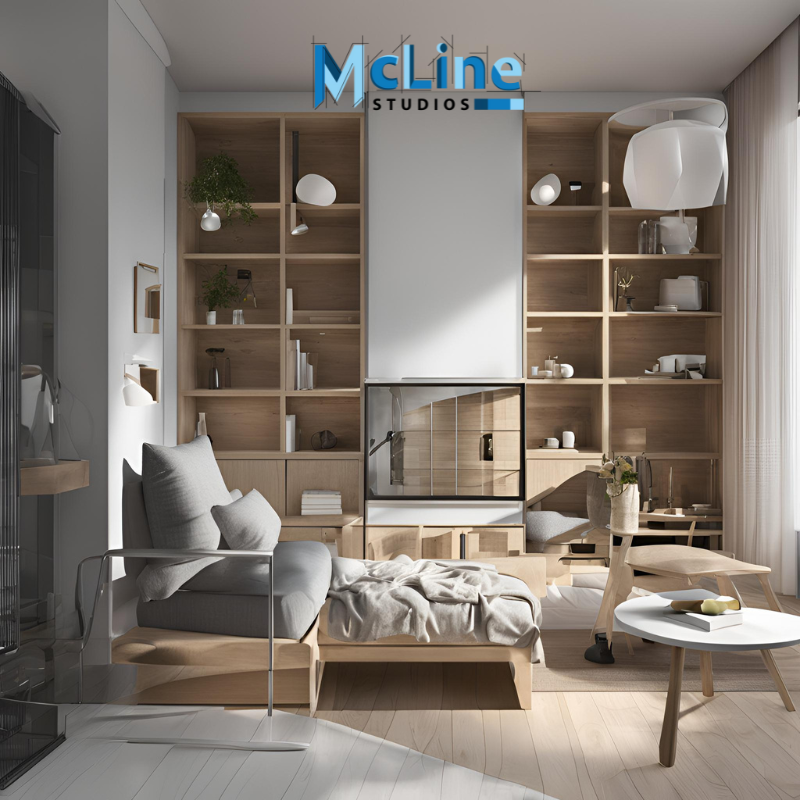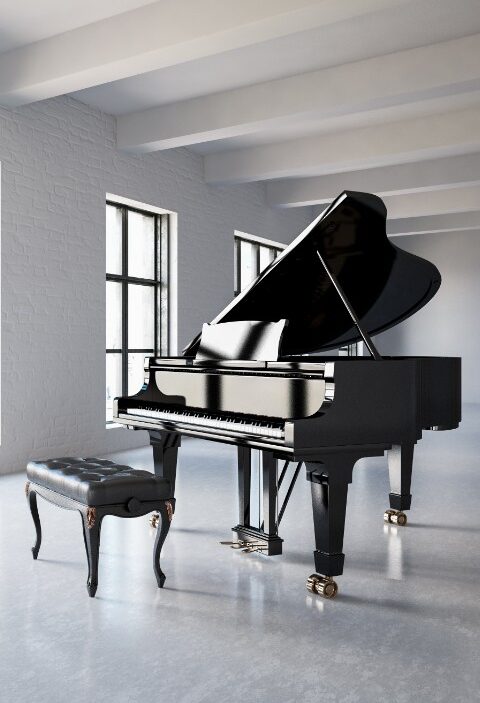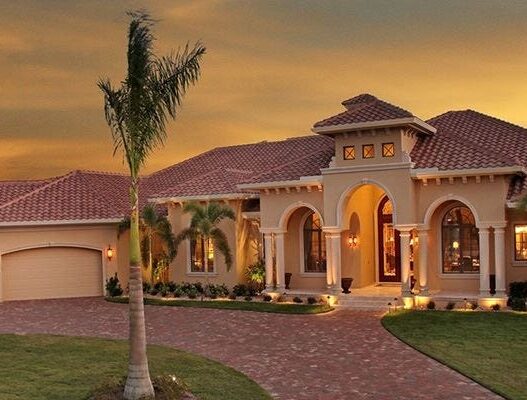The world of 3D rendering is evolving at a rapid pace, offering architects and designers powerful tools that are reshaping how they conceptualize, visualize, and communicate their ideas.
From hyper-realistic renderings to immersive virtual experiences, technology is pushing the boundaries of what’s possible in design and construction.
As the demand for more sophisticated, sustainable, and efficient designs grows, the future of 3D rendering promises to be filled with exciting advancements.
In this article, we’ll explore the next wave of innovations in 3D rendering, and how these breakthroughs will impact architectural practices, design workflows, and client interactions in the years to come.
The Current Landscape of 3D Rendering
The current landscape of 3D rendering has dramatically evolved, becoming an essential tool across various industries like architecture, real estate, and design. With the rapid advancements in technology, 3D rendering is now more accessible, faster, and more realistic than ever before.
In the past, creating detailed 3D models and renderings took a significant amount of time and resources. Today, powerful software and hardware allow designers to produce high-quality images with stunning detail in much less time. Tools like Blender, Autodesk Revit, and 3ds Max are increasingly popular for creating lifelike visuals, offering designers greater flexibility and control.
The role of 3D rendering has expanded beyond just visualizing designs. It is now an integral part of the design process, helping stakeholders make informed decisions and improving communication between teams. Virtual walkthroughs and interactive 3D models allow clients to experience a project before construction begins, enhancing collaboration and reducing costly changes later on.
Emerging Trends in 3D Rendering
3D rendering has come a long way in recent years, and several emerging trends are shaping the future of this technology. One of the most exciting advancements is the use of real-time rendering. Real-time rendering allows designers and clients to view changes immediately, making it easier to make decisions on the spot. This trend is especially popular in virtual reality (VR) and augmented reality (AR), where users can interact with 3D models in a more immersive way.
Another trend is the rise of AI-powered rendering tools. Artificial intelligence is helping improve the rendering process by reducing time and increasing accuracy. AI can automatically enhance textures, lighting, and shadows, which saves designers hours of manual work. As AI continues to develop, we can expect even more powerful tools that simplify complex rendering tasks.
Cloud-based rendering is also gaining popularity. Cloud technology allows rendering to be done remotely, meaning that designers don’t need to rely on high-performance hardware. This makes it more affordable and accessible to a wider range of users, including small businesses and freelancers.
Finally, photorealistic rendering is becoming more advanced with improvements in lighting, texture mapping, and material properties. This enables designers to create visuals that are nearly indistinguishable from real life, making the technology more valuable in industries like architecture, gaming, and product design.
The Role of 3D Rendering in Sustainable Design
3D rendering plays a crucial role in sustainable design by helping architects, designers, and clients visualize projects before they are built. This technology allows for more accurate planning and decision-making, which directly impacts a project’s sustainability. With 3D renderings, it’s easier to test different materials, lighting, and layouts to find the most eco-friendly options.
For example, designers can simulate how natural light will enter a building and adjust window placements to reduce the need for artificial lighting. This leads to energy savings and a more comfortable indoor environment. 3D rendering also helps in choosing materials that are durable and sustainable, reducing waste and ensuring that buildings last longer.
Another key benefit is that it allows for early detection of potential issues. By spotting problems in the design phase, changes can be made without the need for costly adjustments during construction, which ultimately saves resources. This process helps reduce the overall carbon footprint of a project.
Moreover, 3D rendering encourages collaboration between architects, engineers, and clients. Everyone involved in the project can view the same digital model, leading to better communication and decisions that support sustainability goals.
How 3D Rendering Will Revolutionize the Design Process.
3D rendering is changing the way designers work and how people experience design. Unlike traditional 2D drawings or sketches, 3D rendering allows designers to create lifelike, interactive visuals of spaces, products, or buildings before they are built. This revolutionary tool is transforming the design process in several important ways.
Firstly, 3D rendering helps designers and clients visualize a project with much greater detail. Whether it’s a building, interior space, or a piece of furniture, the rendered images offer a clear representation of how the final product will look. This makes it easier for everyone involved to understand the design and make necessary changes early on, saving time and money.
Secondly, 3D rendering offers a more interactive experience. Clients can explore the design from different angles, walk through virtual spaces, or see how changes impact the overall look. This level of interaction helps ensure that the design is aligned with the client’s vision and can avoid misunderstandings or miscommunication.
Finally, 3D rendering speeds up the design process. It allows designers to quickly make adjustments and experiment with different design elements without starting from scratch. This flexibility encourages more creativity and innovation, making the design process more efficient and enjoyable.
The End Note
The future of 3D rendering is undeniably exciting, with advancements that promise to revolutionize the way architects and designers approach their work. From real-time rendering and AI-powered tools to cloud-based solutions and photorealistic visuals, the technology is rapidly evolving to provide more powerful, efficient, and accessible options. As the demand for more sustainable and innovative designs continues to grow, 3D rendering will play a central role in helping architects and designers achieve their goals.
Not only does 3D rendering improve the design process by allowing for more detailed visualizations, it also facilitates greater collaboration and enhances client communication. With its ability to streamline decision-making, reduce costly revisions, and promote sustainability, 3D rendering is set to become an even more indispensable tool in architecture and design.
As we look ahead, the possibilities for 3D rendering are limitless. By continuing to push the boundaries of what’s possible, architects and designers can harness this technology to create smarter, more sustainable, and more immersive designs that will shape the built environment of tomorrow.









